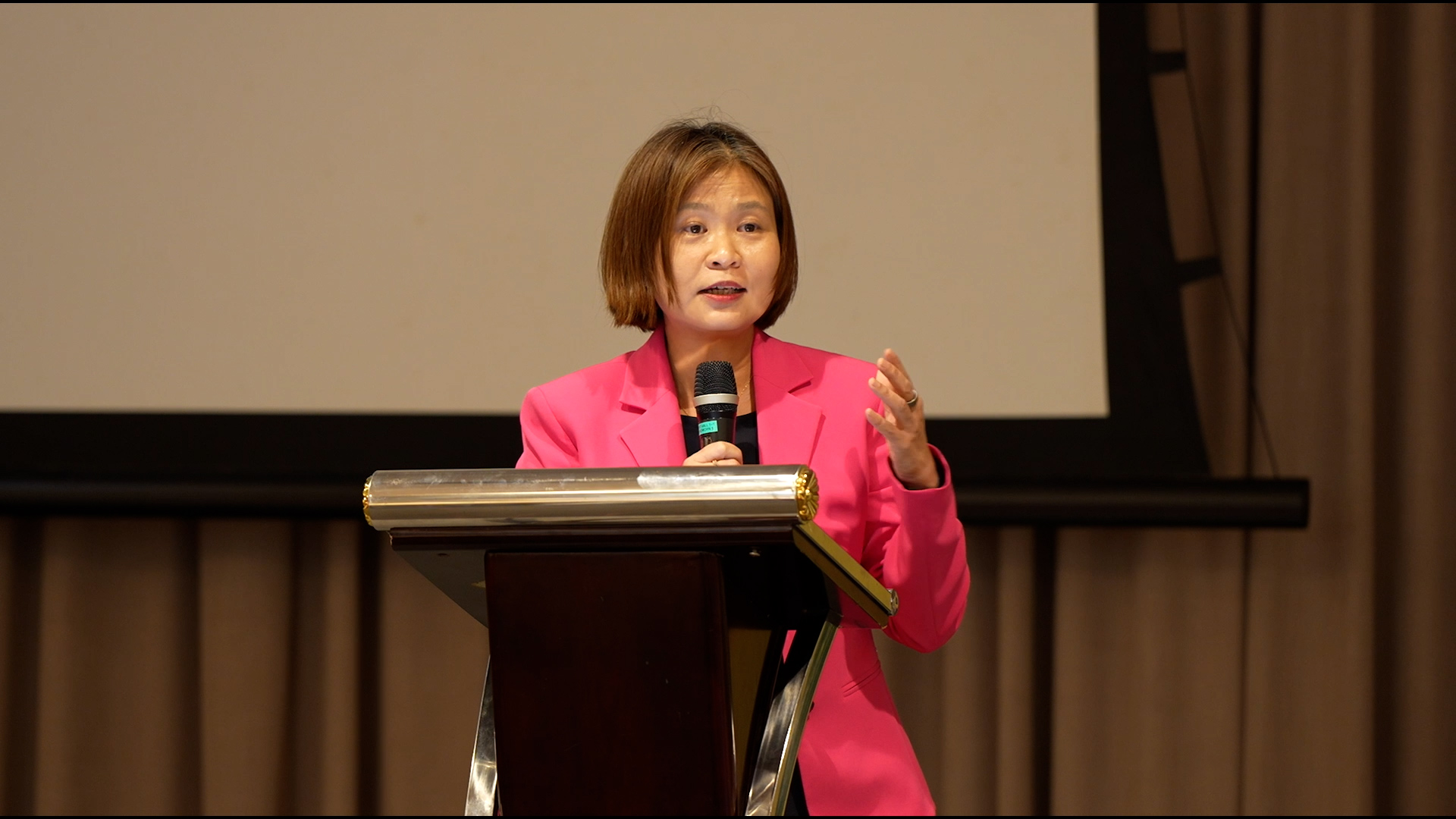The topic of “sex” and “gender” has been in the news.
A couple of days ago, the Singapore Science Centre cancelled its planned event titled “What’s the difference between sex & gender?” In a statement to the press, it cited “public feedback expressing concern about the content to be discussed in the session, as well as the composition of the speakers”.
During a discussion last year about upcoming Workplace Fairness Legislation, then-Deputy Prime Minister Lawrence Wong said, “Sex is different from gender.”
What is the difference between “sex” and “gender”, and why do these matter?
What are “Sex” and “Gender”? Are They Different?
Many of us use the terms “sex” and “gender” interchangeably in our day-to-day conversations. You may have filled up forms where you were asked to indicate your “sex” or, alternatively, “gender”. Someone may have announced to you the “gender” of her unborn child, as either a boy or a girl.
However, technically, they are not the same thing.
According to the World Health Organization (WHO), the term “sex” refers to “the different biological and physiological characteristics of females, males and intersex persons, such as chromosomes, hormones and reproductive organs”.
Intersexed persons have variations in their physical sex characteristics that differ from expectations generally associated with male and female bodies. The United Nations (UN) suggests that around 1.7 percent of the world’s population may be born with intersex traits, while other estimates place the figure at around 0.018 percent.
Featured in a story reported by The New Paper in 2014, “Mary” (not a real name) was someone looked physically like a woman, but had no womb or ovaries. Mary received a shocking diagnosis from a Singapore doctor at the age of 24, being found to be genetically male. Due to Androgen Insensitivity Syndrome, Mary’s body was resistant to male hormones, and could not develop male characteristics.
On the other hand, the WHO defines “gender” as “the characteristics of women, men, girls and boys that are socially constructed”. This includes norms, behaviours and roles associated with being a woman, man, girl or boy, as well as relationships with each other. It adds that: “As a social construct, gender varies from society to society and can change over time.”
Historically speaking, such a use of the term “gender” is relatively new, as documented in a book “The Man Who Invented Gender”. It was only first used in this way in 1955 when controversial psychologist John W. Money published a series of articles.
A well-known example of the debate over gender roles comes from Saudi Arabia, where a long-standing ban on women driving was finally lifted in June 2018. There were and remain various social factors at play. The Saudi government had told the UN back in 2009 that 80 percent of Saudis did not believe that women should drive cars, adding that there was “a problem of stereotyping regarding women”. To sum up, “sex” is biological (including biological variations due to certain medical conditions), while “gender” is social or sociological. The WHO adds that gender “interacts with” but is “different from” sex.
What About Gender Identity?
The topic of gender identity has gained more attention in recent years, including in Singapore. It is a topic we will unpack in greater detail in the future.
However, as a quick comment, “gender identity” is about how a person feels about one’s gender, regardless of biological sex. The WHO defines “gender identity” as “a person’s deeply felt, internal and individual experience of gender, which may or may not correspond to the person’s physiology or designated sex at birth”.
Conceptually, gender identity is different from being intersex. Being intersexed is physical and biological, while gender identity is psychological and based on a person’s feelings.
Does the existence of intersexed persons undermine the binary nature of sex, as male and female?
The answer is no.
The very concept of being ‘inter-’ (i.e. “between”) ‘sex’ assumes that there are two sexes in the first place. As Dr Rashad Rehman perceptively points out in a 2023 article, the “male and female sex must be defined in order to understand what ‘intersex’ means”.
Indeed, just as human beings can have various genetic conditions or variations in other physical traits observable at birth (including physical disabilities), this can apply to sexual characteristics as well. These exceptions do not define the norm; indeed, they assume the existence of certain typical physical characteristics.
Why Do Sex and Gender Matter?
Being male or female are among some of the most basic concepts of human experience that we learn and cultivate from a young age. In our society, some of the earliest and most fundamental concepts children learn are about being a boy or a girl, about fathers and mothers, as well as masculinity and femininity.
Sex and gender are connected in several ways and profoundly affect our lives at many levels.
Perhaps the most obvious and significant impact is in the law, as Singapore’s laws draw key distinctions based on sex (male and female) in various aspects, ranging from family law to criminal offences and employment law. Marriage is defined in Singapore as a male-female union under the Women’s Charter and the Administration of Muslim Law Act. The newly-enacted Article 156 of the Constitution –Singapore’s highest law – protects from legal challenge those laws and policies based on “marriage as a union between a man and a woman”.
The Penal Code defines “man” as “a male human being of any age”, and “woman” as “a female human being of any age”. There are numerous offences in the Penal Code which specifically women, including rape, exploitation of women for the purposes of prostitution, and causing miscarriage.
“Sex” is also defined as one of the protected characteristics under the upcoming Workplace Fairness Legislation.
Beyond that, segregating people on the basis of their sex may be important to protect people’s safety and privacy. One obvious example is that of public toilets and changing rooms.
Another example is the Singapore prison system, where the Government generally places prison inmates in male or female institutions “based on their registered sex, and not their self-identified gender”. However, in situations where someone is transitioning genders, that person may be housed alone in an individual cell or a shared cell with other inmates who are in the same situation.
On a social front, the topic of gender roles has been the subject of much ongoing discussion, especially in the context of an institution like family where there is a strong interplay between fathers and mothers (‘sex’) and their respective social roles (‘gender’).
Thus, in an opinion piece published in the Straits Times just last month, we cautioned against viewing flexible work arrangements (FWAs) as something meant primarily for working mothers. Such a view may “inadvertently reinforce and entrench expectations that mothers should bear the burden of juggling work and caregiving, whereas fathers should focus on full-time work as breadwinners.”
An Ongoing Conversation
Topics relating to “sex” and “gender” are deeply personal as they touch on some of the most basic and intimate of human experiences.
- What does it mean to be male and female? And what significance should we place on a person’s biological sex?
- What is the appropriate relationship between sex and gender? What are appropriate gender roles and expectations that we should have in society, if any?
This is part of an ongoing conversation in society that we should discuss in a civil, respectful and fair-minded manner.


